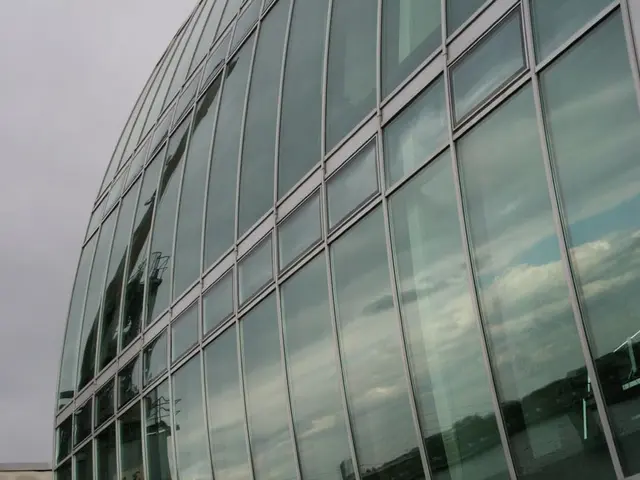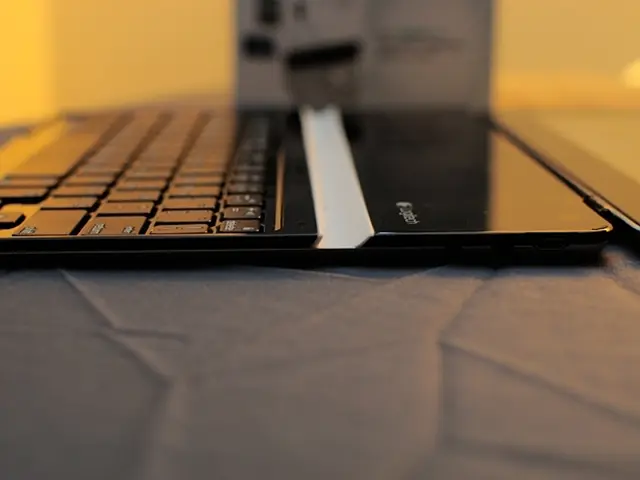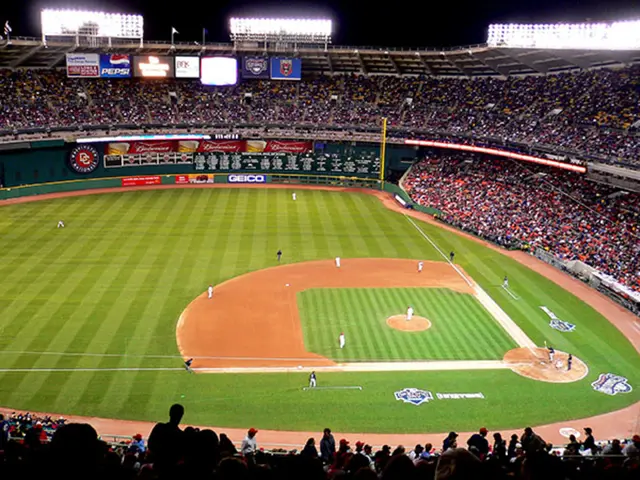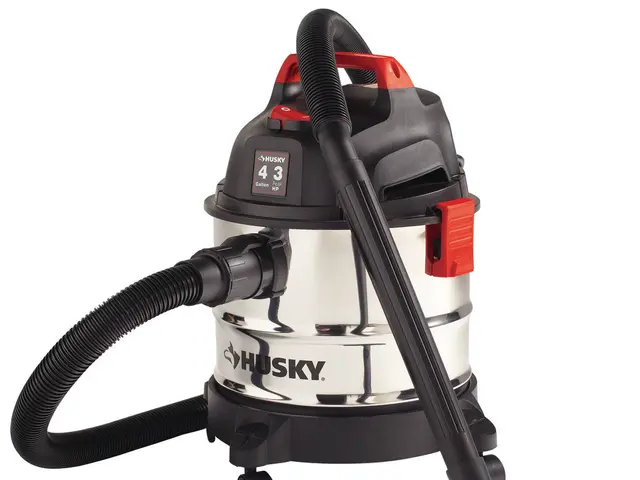Comparing DSLR and Mirrorless Cameras for Astronomy Photography: Which is Superior?
When it comes to capturing the beauty of the night sky, both DSLR and mirrorless cameras have their own unique advantages and disadvantages. Here's a breakdown of each type and their suitability for astrophotography.
Advantages of DSLR Cameras for Astrophotography
DSLR cameras, with their traditional design and established technology, offer several benefits for astrophotographers.
- Better battery life: DSLRs tend to have longer battery life because they lack power-hungry electronic viewfinders and always-on sensors found in mirrorless cameras.
- Sturdier and often cheaper: Built on more mature technology with a traditional mirror mechanism, DSLRs are usually chunkier but durable and sometimes more budget-friendly.
- Good for lunar and solar photography: Many astrophotographers find DSLRs especially well-suited for capturing the Moon and Sun due to their design and established workflows.
- Lens compatibility: DSLRs have a broad range of compatible lenses, including many legacy options, which can be advantageous for specific astrophotography needs.
Disadvantages of DSLR Cameras
Despite their benefits, DSLRs also have some drawbacks when it comes to astrophotography.
- Older technology: DSLRs use a mirror and optical viewfinder system, which is gradually being phased out by manufacturers.
- Heavier and bulkier: This can make long exposures or mounting on tracking mounts more cumbersome.
- Lower live preview benefits: Unlike mirrorless cameras, DSLRs do not offer real-time, what-you-see-is-what-you-get electronic viewfinders or fully articulated screens with live exposure previews.
Advantages of Mirrorless Cameras for Astrophotography
Mirrorless cameras, with their modern design and innovative technology, offer several advantages for astrophotographers.
- Better low-light sensitivity: Mirrorless cameras often have superior autofocus and low-light capabilities, making them excellent for capturing faint stars and nebulae.
- Compact and lightweight: Their smaller size and weight make them easier to handle and mount on tracking equipment during long-exposure shots.
- Electronic viewfinder (EVF): Provides a real-time preview of the exposure and the composition, invaluable for focusing on stars and framing.
- More lens options and technological advancements: Mirrorless systems benefit from ongoing innovation, including better sensor sensitivity and features tailored for astrophotography.
- Screen features: Many mirrorless cameras have fully articulating screens and backlit buttons, aiding night-time use.
Disadvantages of Mirrorless Cameras
Despite their benefits, mirrorless cameras also have some drawbacks.
- Shorter battery life: The live view and electronic viewfinder consume more power, often requiring spare batteries for night sessions.
- Potentially higher cost: New mirrorless models can be pricier due to newer technology and features.
- Less sturdy: Generally lighter but may be less rugged or durable compared to some DSLRs.
Expert Insight
Astrophotographer Josh Dury highlights that mirrorless cameras excel at night sky (star) photography due to their low-light advantages, while DSLRs are often preferred for detailed lunar and solar imaging setups[1].
In summary, mirrorless cameras are increasingly favored for deep-sky and wide-field astrophotography because of better low-light performance, compactness, and live viewing features, while DSLRs still hold advantages in battery life, lens availability, and certain specialized uses like moon and solar photography[1]. The choice depends on the specific astrophotography goals and personal preferences.
The Best Cameras for Astrophotography
The best cameras for astrophotography are DSLR or mirrorless cameras that allow interchangeable lenses and have full frame sensors of at least 20 megapixels. A full frame sensor is best for landscape astrophotography, and a megapixel count of around 20MP to 30MP is perfect.
The Trend Towards Mirrorless
In the five-year period from 2018 to 2022, a total of 685 images were shortlisted in the Astronomy Photographer of the Year competition. However, the proportion of shortlisted images taken with mirrorless cameras increases each year, with 52% in 2022. This upward trend reflects the general market trend moving towards mirrorless.
In 2022, mirrorless cameras became more commonly used than DSLRs. Both DSLRs and mirrorless cameras have their own pros and cons as camera types and can be used to take excellent astrophotography images.
Shooting the Milky Way
Shooting the Milky Way involves a lot of planning, including finding a good location to shoot from in the middle of the night. Neither mirrorless cameras nor DSLR cameras are inherently better for astrophotography; it's all about the photographer's skill and the right equipment for the job.
[1] Dury, J. (2021). Astrophotography for Beginners: Mastering Night Sky Photography. Focal Press.
- Astrophotographers often subscribe to gadget and technology magazines to stay updated on the latest advances in mirrorless cameras, which are increasingly favored for deep-sky and wide-field astrophotography.
- When setting up a camera for astrophotography, it's crucial to consider factors such as mirrorless cameras' advantage of better low-light performance, aiding in capturing faint stars and nebulae.
- In addition to cameras, a key piece of equipment for astrophotography is mounts, as they help keep the camera steady during long exposures, allowing for clearer images of deep sky objects.
- Astronomers and photography enthusiasts may find themselves spending time analyzing light pollution maps to find the darkest skies for their Milky Way shooting locations, as light pollution can negatively affect astrophotography.
- Astrophotographers should carefully consider various factors, including camera type, gear selection, and their own shooting strategies, to achieve the best results in capturing the beauty of the night sky.
- The trend towards mirrorless cameras in astrophotography not only reflects innovative technology advancements, but also the increasing popularity of this specialty among photography enthusiasts.








